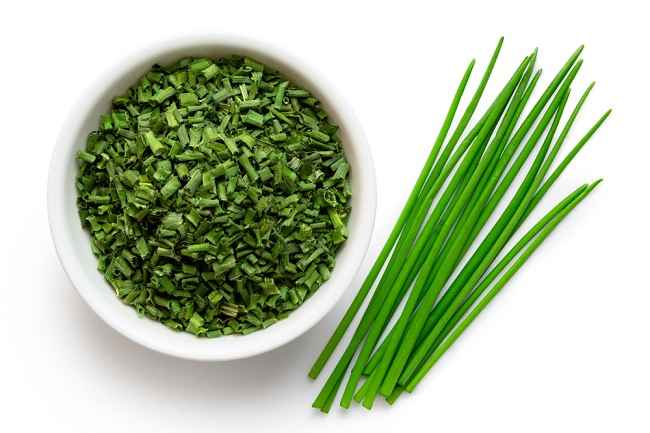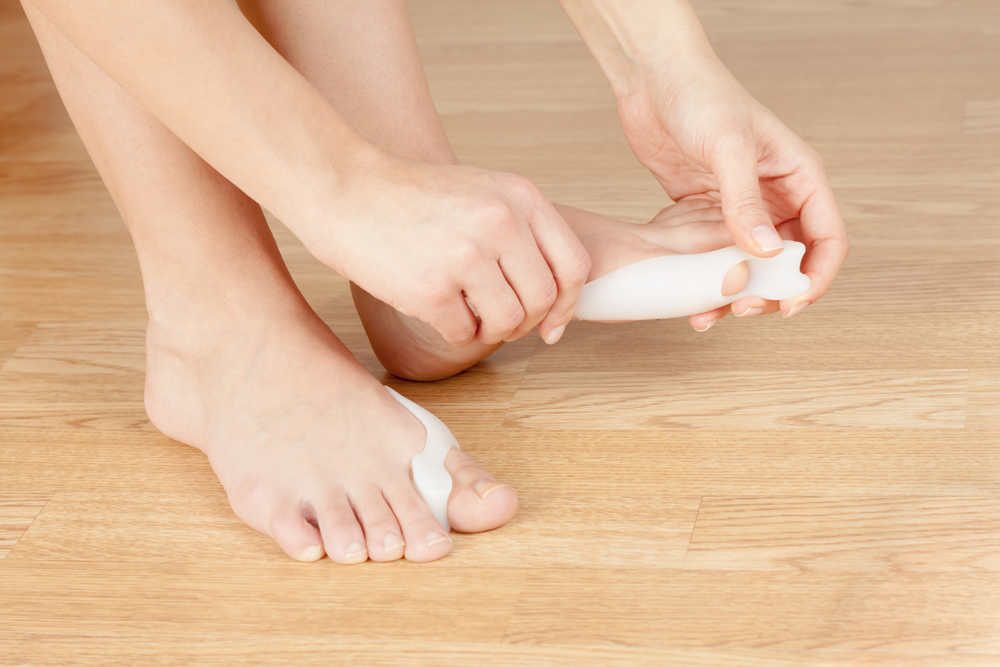Healthy eating patterns for toddlers must be built from an early age. That way, the child will get used to adopting a healthy diet until later he grows up. If you are confused about how to get started, consider the following explanation.
There are many benefits that can be obtained when you apply a healthy diet for toddlers. One of them is to support the growth and development of the Little One. Not only that, healthy eating patterns that are built early can also prevent your little one from experiencing malnutrition (malnutrition), obesity, or other health problems that can arise later in life.

What are the Nutrients That Must Be in a Toddler's Healthy Diet?
Compositionally, a toddler's healthy diet must meet the principles of balanced nutrition. Nutrients that must be in a toddler's healthy diet include:
1. Carbohydrates
Carbohydrates are the main source of energy for the body. There are two types of carbohydrates, namely simple carbohydrates and complex carbohydrates. Simple carbohydrates can be found in sugar or sugary foods, while complex carbohydrates can be found in staple foods, such as rice, potatoes, and pasta.
2. Protein
In addition to acting as a building block to form new body tissues, protein also functions to repair damaged body tissues. Therefore, protein is needed by toddlers for optimal growth and development.
There are two types of protein that you can give to meet the nutritional needs of toddlers, namely animal and vegetable protein. Examples of foods with animal protein content are chicken, fish, eggs, and milk. While food sources of plant protein include nuts and seeds.
3. Fiber
Another nutrient that should not be missed in a toddler's healthy diet is fiber. This is because fiber is useful for maintaining a child's digestive health, as well as controlling weight and blood sugar levels.
Fiber is contained in a lot of vegetables and fruits, such as melons. Therefore, make it a habit for your little one to eat fruits and vegetables every day.
4. Fat
Fat is also an important nutrient that must be included in a healthy diet for toddlers. The reason is, fat is useful for helping the absorption of several types of vitamins, regulating body temperature, and as a source of energy.
Similar to carbohydrates and protein, there are also two types of fat, namely good and bad fats. What your little one needs are good fats. Some foods that are rich in good fats are avocado, tuna, and nuts.
How to Start a Healthy Toddler Diet?
The following is a way to form a healthy toddler eating pattern that can be applied by parents:
1. Create a regular eating pattern
Healthy eating patterns for toddlers not only need to pay attention to the types of nutrients contained in food, but also the regularity of meal times. Get used to your little one to eat regularly according to a schedule. For example, breakfast between 06.00-7.00, lunch between 12.00-13.00, and dinner between 18.00-19.00.
Try not to miss your little one's eating schedule so that a regular eating pattern can be formed from an early age.
2. Give two snacks
In addition to 3 main meals, your little one also needs 2 snacks. Snacks or snacks are usually given between breakfast and lunch, as well as between lunch and dinner. This aims to meet the daily nutritional needs of the Little One.
The snack portion is certainly not more than the main meal. Don't let your little one feel full because his stomach is too full, so he doesn't want to eat the main food anymore.
3. Give some taboos
So that your little one's nutrition can be fulfilled properly, you should give him some taboos. Foods and drinks that contain bad fats, high in sugar, and high in salt should be limited in their consumption. Give these foods only on special celebrations, such as birthdays.
Toddler healthy eating patterns should be accustomed from a young age. To make it easier for your little one to implement this habit, you and your family members at home must also set an example. If you want to know more clearly about the type and portion of food that is suitable for your little one, you can consult a pediatrician.









